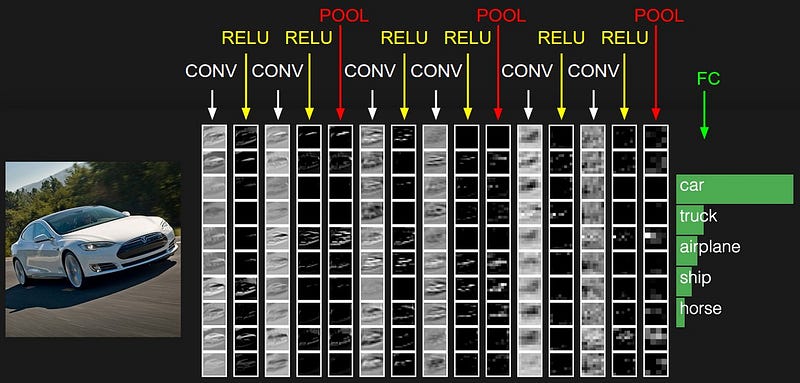Week 18 (29/10/2018 - 02/11/2018)
Ropar's Accident data
Our company was given Ropar's Accident data by the Government to analyze and submit insights from the data that could be helpful to the government for reducing the number of serious accidents.
We analyzed the data by using Tableau with the help of pie charts, histograms, etc. We also made dashboards and stories which gave us a really good insight of the data.
Our company was given Ropar's Accident data by the Government to analyze and submit insights from the data that could be helpful to the government for reducing the number of serious accidents.
We analyzed the data by using Tableau with the help of pie charts, histograms, etc. We also made dashboards and stories which gave us a really good insight of the data.
Convolutional Neural Networks
We referred to the CMU's course on deep learning for understanding this concept.This lecture was taught by Bhiksha Raj Sir.
CNNs, like neural networks, are made up of neurons with learnable weights and biases. Each neuron receives several inputs, takes a weighted sum over them, pass it through an activation function and responds with an output.Unlike neural networks, where the input is a vector, here the input is a multi-channeled image. The wholw network has a loss function.
CNNs have wide applications in image and video recognition, recommender systems and natural language processing.
The convolution layer is the main building block of a convolutional neural network.

The convolution layer comprises of a set of independent filters (6 in the example shown). Each filter is independently convolved with the image and we end up with 6 feature maps of shape 28*28*1.
A pooling layer is another building block of a CNN.Its function is to progressively reduce the spatial size of the representation to reduce the amount of parameters and computation in the network. Pooling layer operates on each feature map independently. The most common approach used in pooling is max pooling.
Architecture of CNN:


Comments
Post a Comment